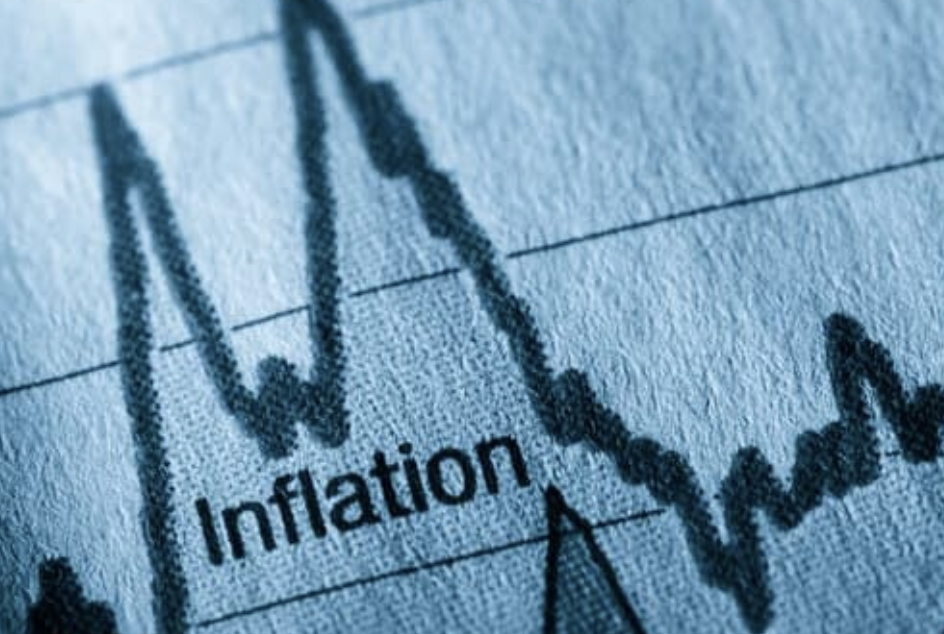Can't Wait for Rate Cuts? The US Faces Continued Inflation Pressure, Putting the Federal Reserve in a Dilemma for Interest Rate Decisions

Prior to the upcoming Federal Reserve policy meeting next week, the latest inflation data reveals ongoing economic pressures. The data indicates that despite multiple regulatory measures in place, the inflation rate remains above target, with strong consumer spending adding to the uncertainty in economic policy.
Table of Contents
Economic Indicators Show Continued Inflation
According to CNBC, the U.S. Commerce Department's index indicates that the inflation rate remains above the Federal Reserve's annual target of 2%. Key points in the data include: a large amount of money flowing through the financial system, providing consumers with lasting purchasing power; in fact, consumer spending has exceeded income, a situation that is neither sustainable nor conducive to deflation; furthermore, consumers are tapping into savings to fund these expenditures, creating a risky situation.
Overspending and Decrease in Savings Rate
The latest data from the Bureau of Economic Analysis shows that consumer spending exceeded income in March for the third time in the past four months. At the same time, the personal savings rate dropped to 3.2%, the lowest level since October 2022. Additionally, the Personal Consumption Expenditures Price Index, which includes all items, rose to 2.7% in March, while the key core index remained at 2.8%.
Inflation Data Triggers Economic Alarms
The annualized inflation rate for the first quarter reached 3.7%, while real gross domestic product growth slowed to 1.6%, well below consensus expectations. These stubborn inflation figures have raised several ominous signs, especially the possibility that the Federal Reserve may need to keep interest rates high for a longer period, threatening the hoped-for "soft landing" of the economy.
Economic Choices Amid High Inflation
If inflation persists, the Federal Reserve will face difficult choices between pushing the economy into a recession, abandoning the soft landing scenario, or tolerating inflation rates above 2%. Experts believe that accepting higher inflation is the wiser choice. Currently, the economy has not suffered widespread damage from inflation issues, although there are some obvious cracks, such as credit default rates reaching a ten-year high.
Consumer Expectations and Market Uncertainty
According to the University of Michigan's Consumer Sentiment Survey, one-year and five-year inflation expectations have reached highs of 3.2% and 3% annually, respectively, the highest levels since November 2023. The CEO of JPMorgan recently told The Wall Street Journal that he is concerned that government high spending is creating inflation that is harder to control than people expect.
These data and analyses not only illustrate the current economic situation but also present challenges for future policy directions. As the Federal Reserve's meeting approaches next week, market participants and policymakers need to carefully assess this data to formulate appropriate responses.
Related
- Is the Metaverse over? Rumor has it that Apple's Vision Pro will cease production at the end of the year.
- Chainalysis: Traditional financial institutions and Bitcoin ETF drive North America to lead globally, while crypto regulation still needs improvement.
- Grayscale's large-cap fund GDLC to convert to ETF, new institution Canary Capital applies for Litecoin ETF